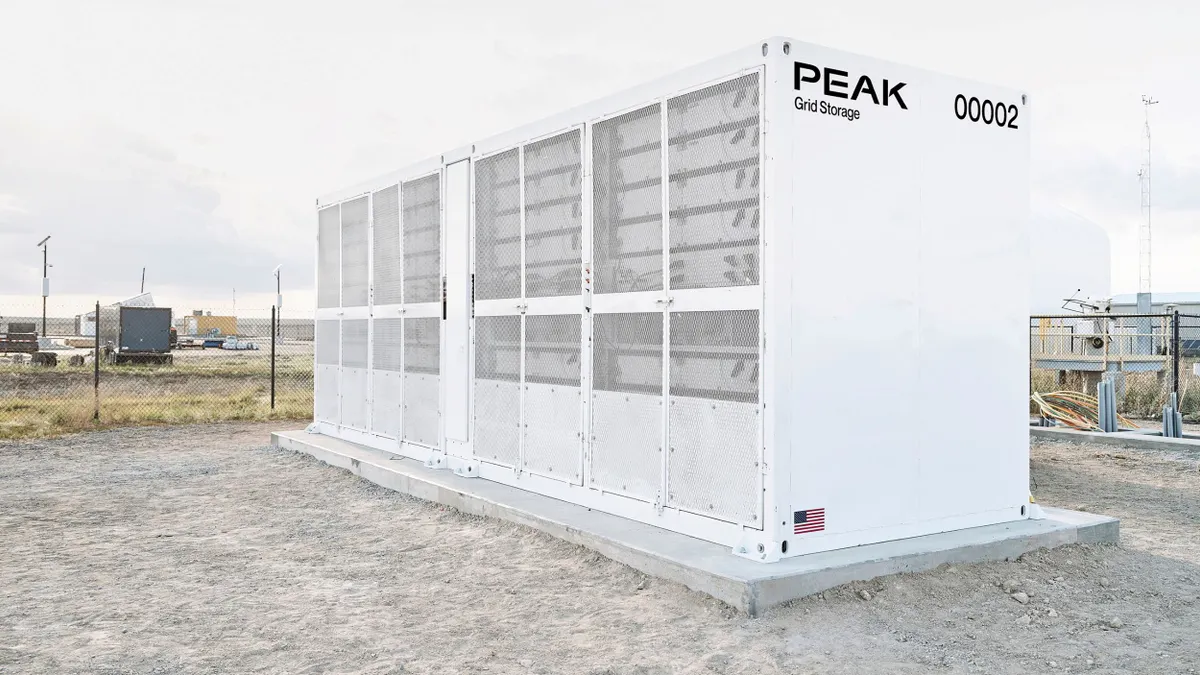State of the Electric Utility 2020

Amid technological and business disruption, political tumult and the unfolding consequences of climate change, the electricity industry is making significant progress on many difficult issues.
The seventh annual Utility Dive State of the Electric Utility Industry survey drew responses from 566 executives and professionals from utilities and energy retailers around the world. We asked many of the same questions as in prior years, to continue benchmarking several key industry statistics. We also introduced new questions to explore in greater depth industry perspectives and progress on important topics such as electric vehicles, climate resilience and cybersecurity.
Top issue: Renewables, sustainability and the environment
Nearly half of all participants (46%) listed this as one of their organization’s most pressing current issues — both as a challenge, and as an opportunity. This broad category encompasses fossil fuel plant retirements, reducing emissions, accommodating more rooftop solar and electric vehicles, conserving water, adapting to a changing climate, and more.
In previous years, our survey asked about these issues separately, which did not fully clarify how much utility decisions were affected by consideration of environmental impacts. This year, it’s clear that the future of energy is inextricably tied to environmental awareness.
Progress made on cybersecurity, but is strong optimism warranted?
This is one of several surprising ambiguities in this year’s findings. For the past few years, cybersecurity has topped the list of utility industry concerns in this survey. This year, participants revealed far more confidence than anxiety. An overwhelming majority (84%) believe their organization is fully or mostly prepared to address cyber threats.
Yet, when we asked about specific measures to enhance cybersecurity, a different preparedness picture emerged. Most participants’ organizations have implemented foundational cybersecurity practices routinely recommended by almost every cybersecurity expert. However, many still have not.
For instance, 78% of all participants said their organizations have instituted enterprise-wide“digital hygiene”training in skills such as safe email use and how to spot phishing attempts. This could mean that more than one in five have not. Even minor lapses in cybersecurity basics can increase risk significantly.
Similarly, among the majority who claim their organizations are already mostly/fully prepared for cybersecurity, nearly one third indicated that they may not yet be in compliance with core regulatory mandates, such as the North American Electric Reliability Corporation’s Critical Infrastructure Protection standard (NERC CIP).
Also in this group, 36% indicated that their executives, boards and managers might not be receiving regular briefings on cybersecurity risks to the power system. A slightly higher percentage indicated that their organizations still might not be promptly and consistently applying system patches and upgrades.
Less than half said their organizations are currently establishing procedures to ensure or test the security of integrated third-party systems — a crucial vulnerability that has enabled major cyberattacks and data breaches in many industries.
Climate resilience: mixed progress
Climate change threatens two leading priorities of energy providers: safety and reliability. In 2019, Pacific Gas & Electric Co. (one of the largest U.S. investor-owned utilities) proactively shut down power to nearly 1 million homes and businesses to minimize the chance of sparking more deadly wildfires. Also, severe weather events bring flooding, winds and lightning, which increasingly disable or significantly damage a growing number of utility assets. Fossil fuel and nuclear plants require large quantities of water to operate, so long-term droughts put their generation capacity at risk. In January 2020, Moody’s reported that utilities facing the largest climate change-related risks include Ameren Corp., Xcel Energy, Dominion Energy and Duke Energy.
In 2020, our survey delved for the first time into measures that power providers are taking to increase their ability to withstand or manage climate change impacts. Many participants reported their organizations are taking clear action. For instance, 44% said their organizations are coordinating with public safety officials around climate-related risks, 30% are hardening their grid and substation assets, and 24% are adopting emerging technologies such as microgrids or energy storage with climate resilience in mind.
Considerable room remains for progress on climate resilience as there is still some resistance across the industry. For instance, 13% of participants agreed with this statement:“There is little/no attention or action on climate resilience at our organization.”Similarly, 5% said:“Our leadership is opposed to, or apathetic about, climate resilience measures.”
Indecisiveness can slow action on climate resilience. Nearly 20% said,“We are evaluating climate resilience options, but no decision yet whether/how to act,”while 5% said that there is “internal disagreement about how our organization should respond to climate change.”















